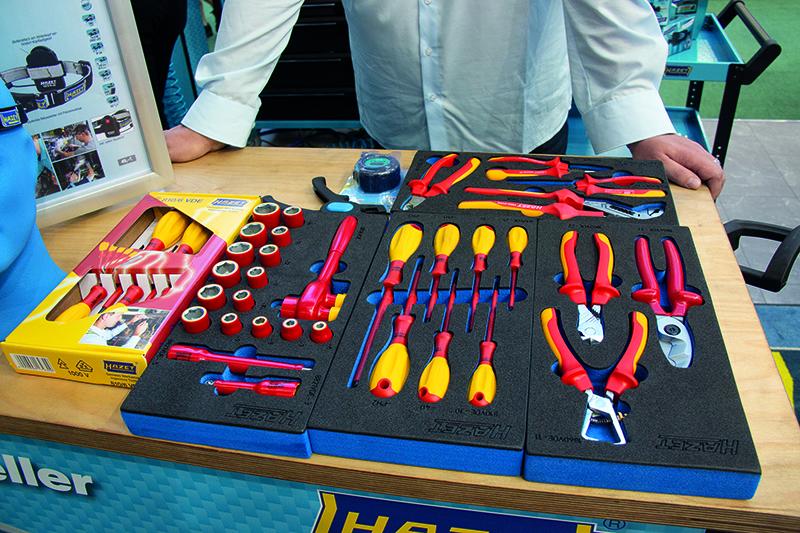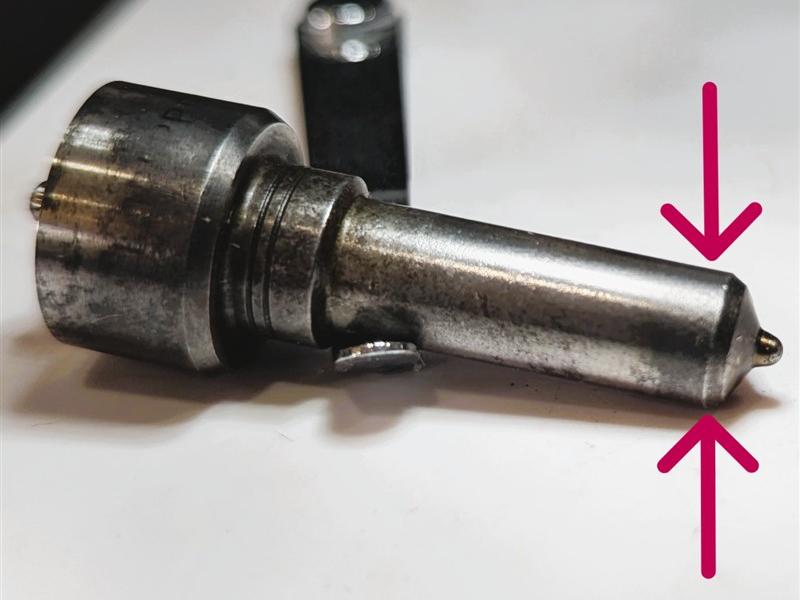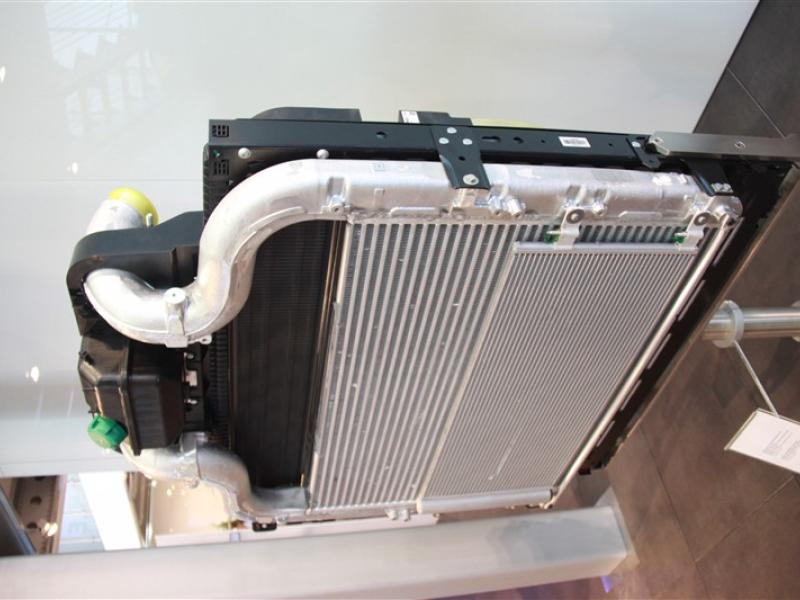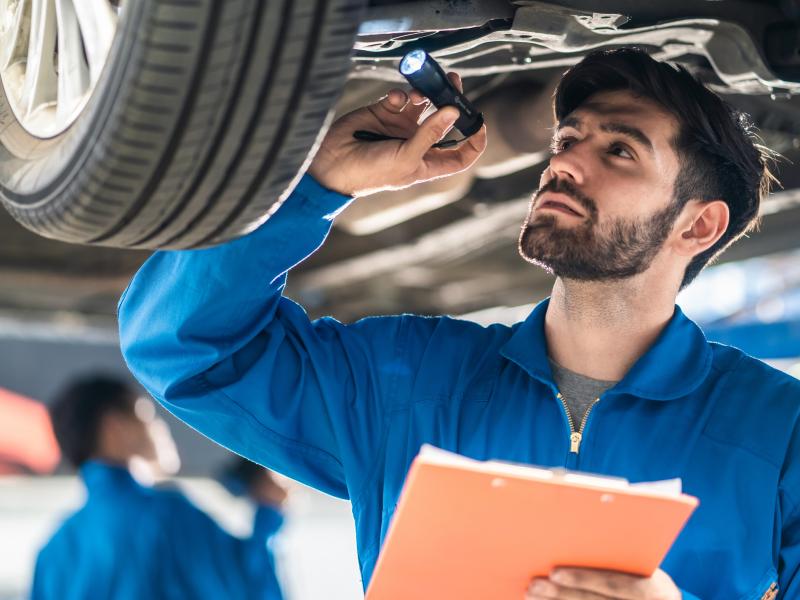So you have decided to take the plunge and get into servicing EV’s (BEV, PHEV and hybrids)? Where should you start?
Training
If real estate is about location, location, location then EV servicing is about training, training, training. Or taking another well-known saying, “We don’t know what we don’t know.” Firstly there are some significant safety issues around servicing EVs and they are not always obvious. These can affect any repair work on the vehicle, not just those related to the high voltage system (which can typically operate at 400-800 or higher volts). A few common-sense precautions would be to ensure the vehicle is not plugged in to a charger, it is turned off and the keys are well removed from the vehicle and if working on the high voltage part of the vehicle have the correct PPE. Franchise dealers will usually have a nominated and trained “EV technician” who will make sure any EV in the workshop are safe before anyone is allowed to work on it and will have a suitable signage system showing it has been cleared.
Outside of this there are also risks from damaged batteries, including fire, which require special procedures. Typically a franchise will have a safe area that an EV with damaged battery or wiring can be parked away from buildings or other vehicles till it ca be made safe.
Equipment
We have already mentioned PPE above, generally you will want some sort of physical isolation barriers around the vehicle to keep staff not servicing it away from the vehicle or even a dedicated area for EV servicing. You will want to make sure your scan tool is suitable for EV vehicles and also look to have some suitably insulated tools, your usual suppliers can guide you as to what is available and suitable.
Charger
Having a charger not only allows you to test the vehicle’s charging system but also allows you to top up the battery as a customer service. Generally, in a workshop situation we are looking at single-phase AC chargers these can range from plugging in to a standard 24v 10amp outlet or better into a dedicated AC charger – commonly called a wallbox). A typical single phase wallbox is 7.5kW which provides the equivalent of around 40km of range in an hour of recharging (versus around 10km for a standard plug). A 50kW DC public charger delivers more like 300km in an hour. These units are reasonably priced, installation costs though can vary depending on your workshops power infrastructure and the head room of your power supply.






